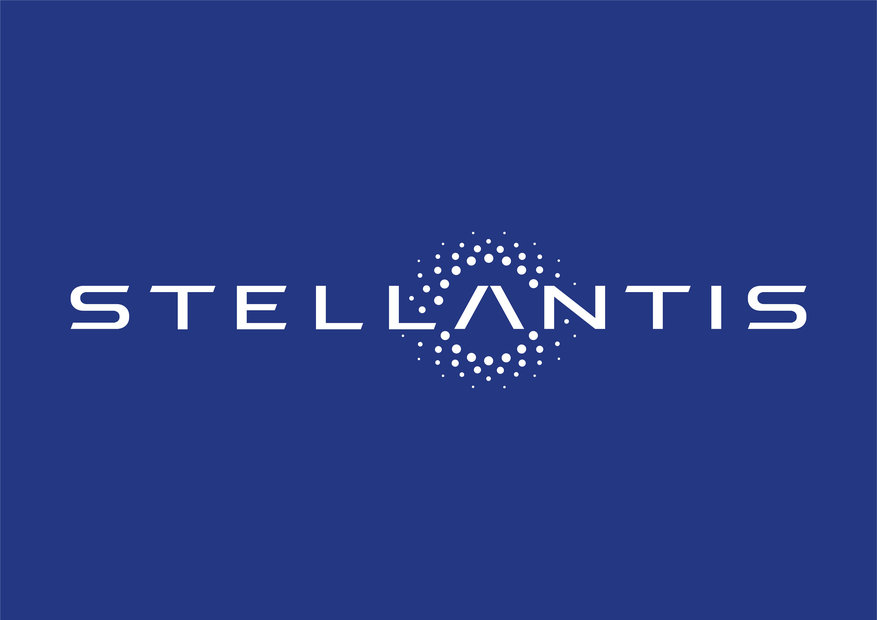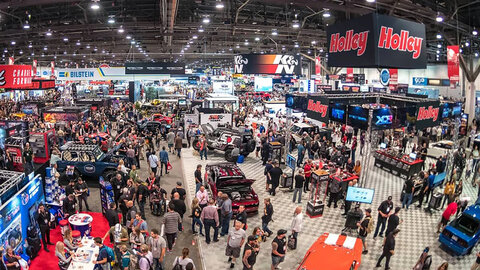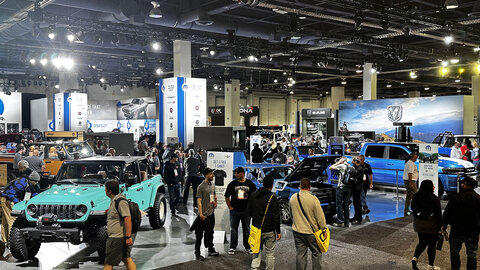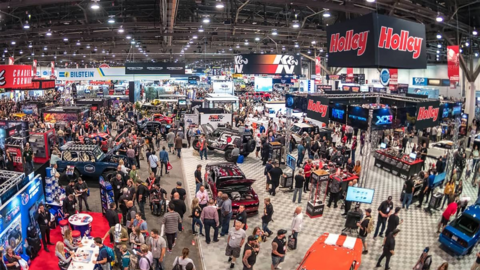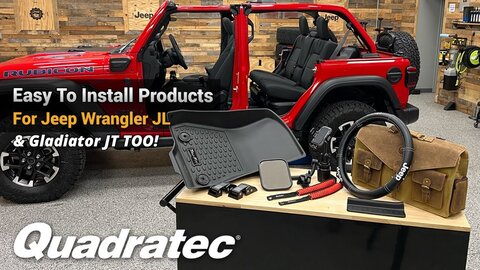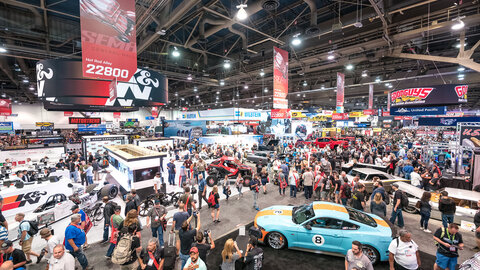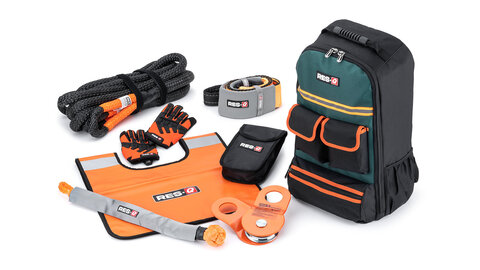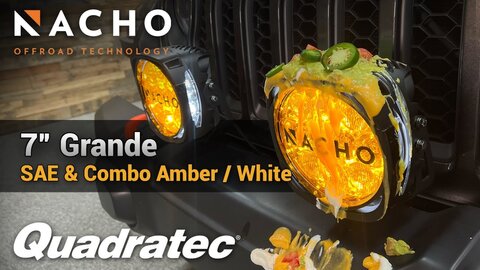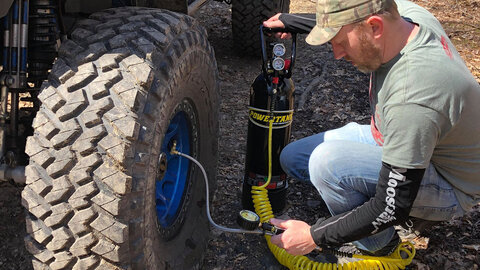by Matt Konkle
Torque Editor-in-Chief
Say goodbye to Fiat Chrysler Automobiles. Well, the brands still exist, but the automaker finally announced Saturday morning that it closed its long-awaited $48 billion merger with France’s PSA Group. The newly created company will be called Stellantis and today officially began trading its stock in North America.
The merger also makes Stellantis the world’s fourth-largest automaker in terms of total revenue, behind Volkswagen, Toyota and Daimler. FCA and PSA's combined numbers came in at 7.9 million vehicles in 2019, down from 8.7 million the year before. Totals for 2020 haven't been announced but are likely to be lower than 2019's total due to Covid-19 coronavirus restrictions.
“We have the scale, the resource, the diversity and the knowledge to successfully capture the opportunity of this new era in transportation,” said Stellantis Chairman John Elkann, who retains that same position he held with FCA. “Our ambition is to build something unique, something great, by providing our customers with distinctive, safe, convenient, innovative and sustainable vehicles and mobility services.”
Stellantis will initially retain all brands from both FCA and PSA Group, and will have a major presence in North America and more than a quarter of the market in Europe, selling vehicles through a massive collection of brands, ranging from stalwarts Jeep and Ram, to Peugeot, Citroën and Opel in Europe.
For Jeep, which never really caught on in Europe under FCA, the merger should open doors to a wider network and increase sales — especially with its diesel Wrangler into showrooms, and a 4xe Wrangler plug-in hybrid on the way.
The merger plan was originally announced in October 2019, and is nominally a 50/50 affair, though PSA has a small advantage with six members on the board including CEO Carlos Tavares, who has been made CEO of Stellantis, versus five from FCA. Current FCA CEO Mike Manley will head Stellantis' North American operations.
FCA and PSA said Stellantis draws on the Latin “stello,” meaning “to brighten with stars.” The Latin root reflects the combined companies’ French and Italian heritage. The name also signifies the “creation of one of the new leaders in the next era of mobility,” the companies said.
“Our thought process was really very simple,” Manley said. “We have a stable of some fantastic, storied historic brands. We knew from the beginning that we didn’t want to use those brand names as our corporate name.”
Despite a turbulent year in the automotive industry, executives at FCA and PSA pushed forward with the merger, saying challenges posed by the Covid-19 pandemic have only reinforced the need for the combination. They estimate the tie-up could eventually produce $6 billion in annual cost savings, in part by consolidating the two companies' engineering and parts purchasing.
The newest automaker said it expects to divert the bulk of that $6 billion in projected yearly savings to developing electric vehicles and other costly technologies. But first it said it needs to tackle areas of overlap in manufacturing and vehicle lineups between the two former companies, without closing plants and eliminating brands as executives have promised.
The company is headquartered in the Netherlands, but will retain North American operations in Auburn Hills, Michigan. All Jeep Wranglers and Gladiators will continue production in Toledo, Ohio.
Since its birth in 1941, Jeep has seen a number of owners including Willys-Overland, Kaiser, AMC, Chrysler, DaimlerChrysler and Cerberus.
After Cerberus went bankrupt in 2009, Fiat bought a 20% stake in Chrysler. That stake continued to grow until 2014, when Fiat reached 100% and merged the companies into FCA.












